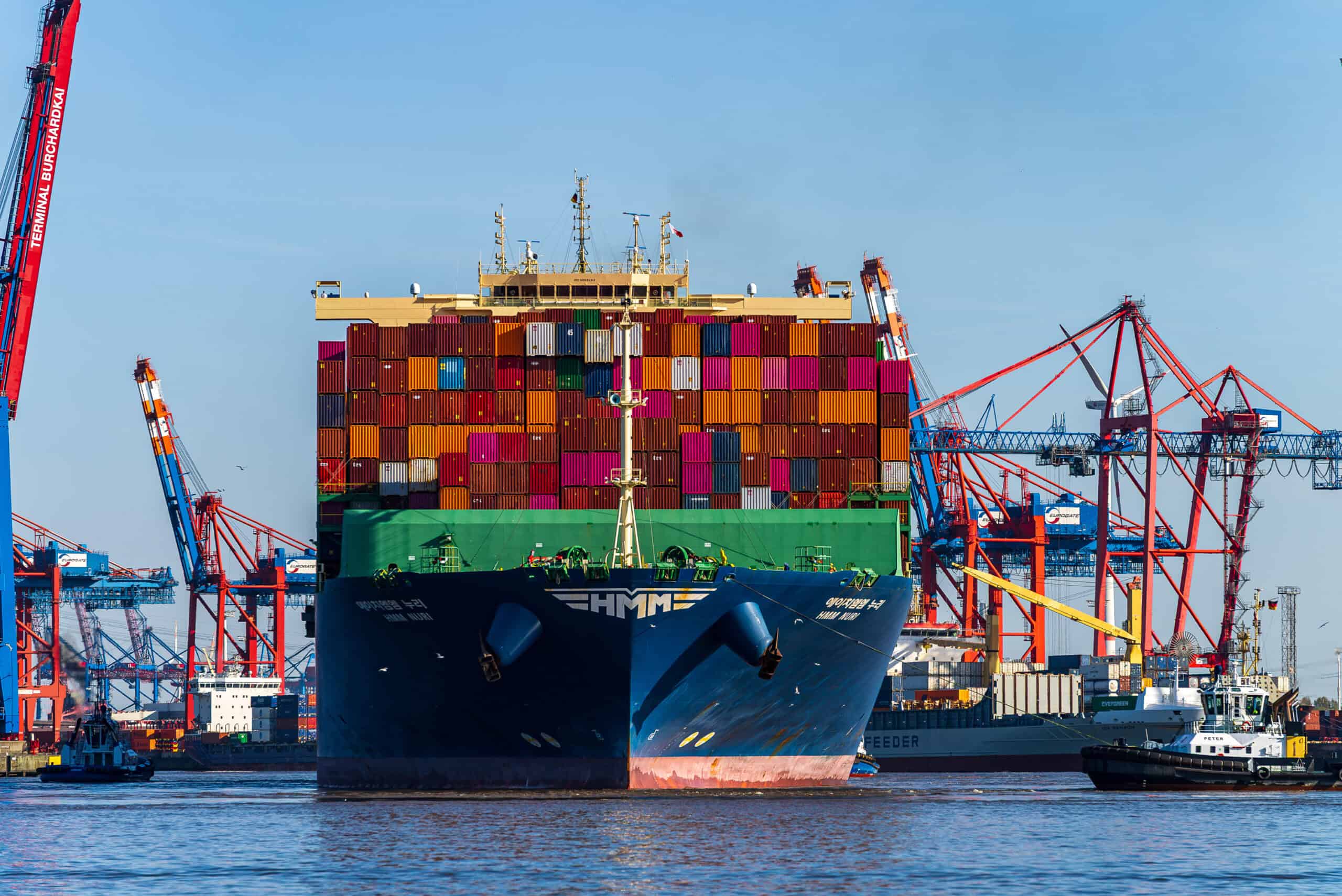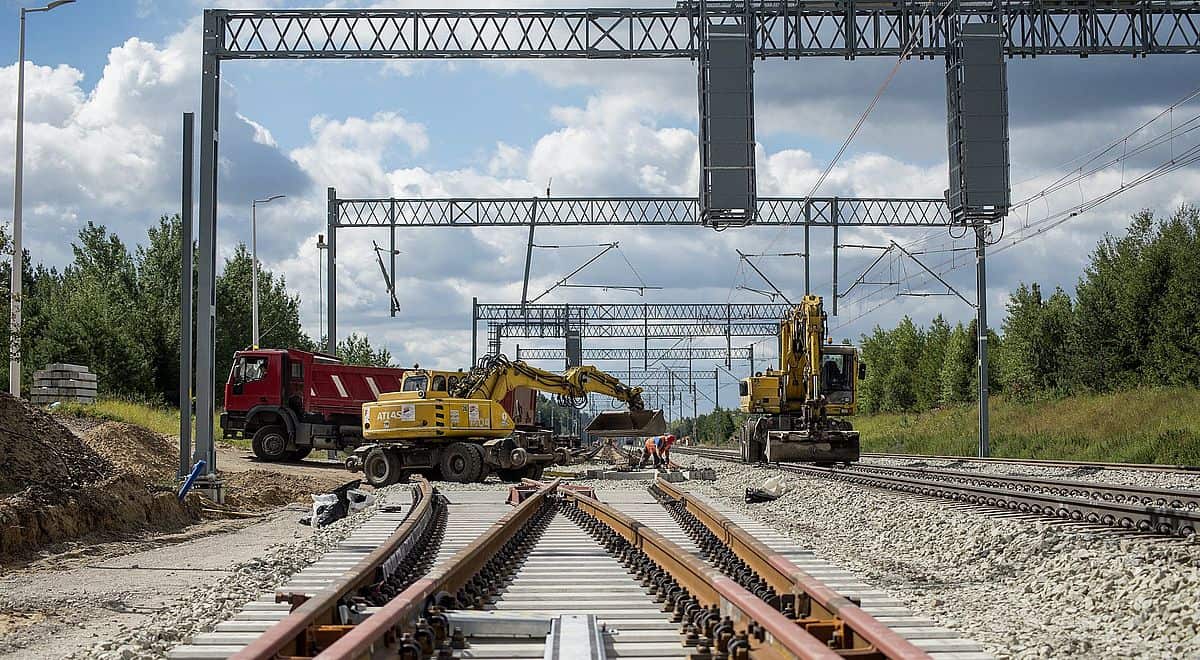On 27 June 2025, the state-of-the-art Suxi container terminal was officially launched in Yiwu, one of China’s most important foreign trade centres. The opening of the facility coincided with the symbolic departure of the first goods train, which carried 100 containers to the port of Ningbo-Zhoushan – one of the largest transshipment ports in the world. The new terminal is poised to become a key link in the integration of inland industrial centres into global logistics chains.
Autonomous logistics in practice
The Suxi terminal is China’s first rail container facility equipped with autonomous mixed-mode cargo handling technology, combining automatic and manual operations. At the same time, it is an experimental zone where remote-controlled gantry cranes, automated storage systems and intelligent transport vehicles are being tested. The interaction of these solutions allows loading and unloading to be carried out almost unmanned, while operators are supervised, increasing flexibility and safety.
Six state-of-the-art 41.5-metre high container cranes are in operation at the terminal, which can lift loads of up to 40.6 tonnes to a height of 27.5 metres. Such parameters allow containers to be stacked in two layers, significantly increasing space efficiency. In its initial phase of operation, the terminal’s handling capacity is 660,000 TEUs per year, with scope for further expansion.
Key logistics point within the country
The new terminal is located in close proximity to the Ningbo-Jinhua railway line, enabling the rapid and efficient transport of cargo between central China and the seaports. This strategic location makes Suxi a central hub connecting factories and distribution centres to the coast.
In line with the “inland port” concept, goods arriving at the terminal can be cleared by customs on site – under simplified “single declaration, inspection and release” procedures. This significantly speeds up the export process and saves companies on transport costs and administrative formalities. According to Zhao Jianmin, general manager of Zhejiang Seaport Yiwu Hub Port Co., Ltd, such a solution ‘significantly reduces transit time and lowers operating costs’.
A model for the future
The Suxi terminal is part of a broader strategy to develop a smart and sustainable logistics infrastructure in China. The modernisation of logistics, the development of digital management systems and the reduction of emissions are goals that Beijing is consistently pursuing. The use of mixed-mode autonomous technologies is a response to the need to increase efficiency while maintaining operational flexibility.
According to Li Jinsong, deputy director of the Hangzhou Railway Logistics Centre, ‘the project sets a new standard for autonomous operations on China’s rail network’ and can serve as a model for upgrading other terminals in strategic regions of the country.”
The opening of the Suxi container terminal in Yiwu is an important step towards the smart logistics of the future. The facility not only improves transportation between inland and coastal areas, but also speeds up export processes and exemplifies the effective combination of automation and traditional operational management. In the long term, it could play an important role in transforming China’s transport system and consolidating China’s position as a global leader in modern logistics.



